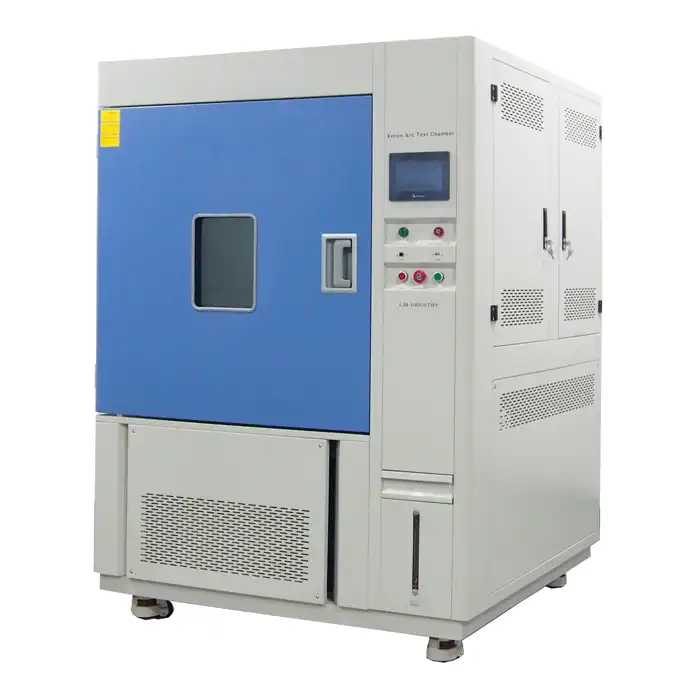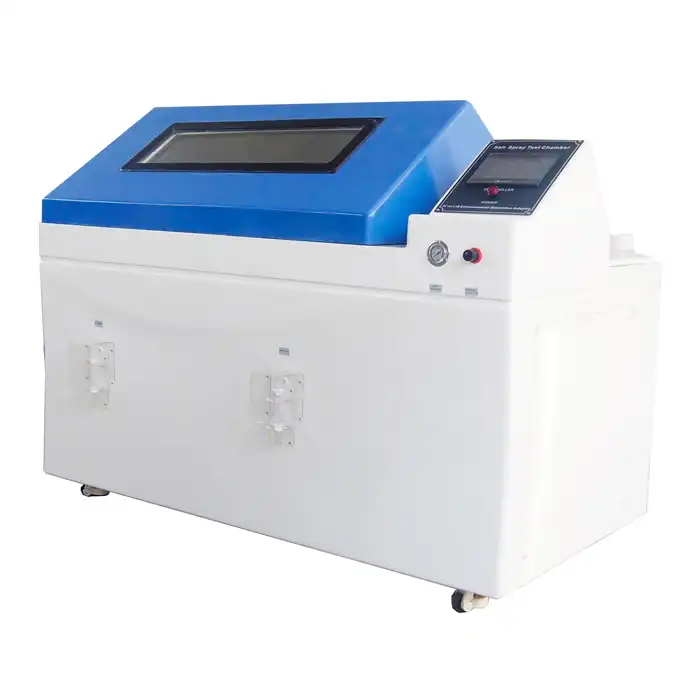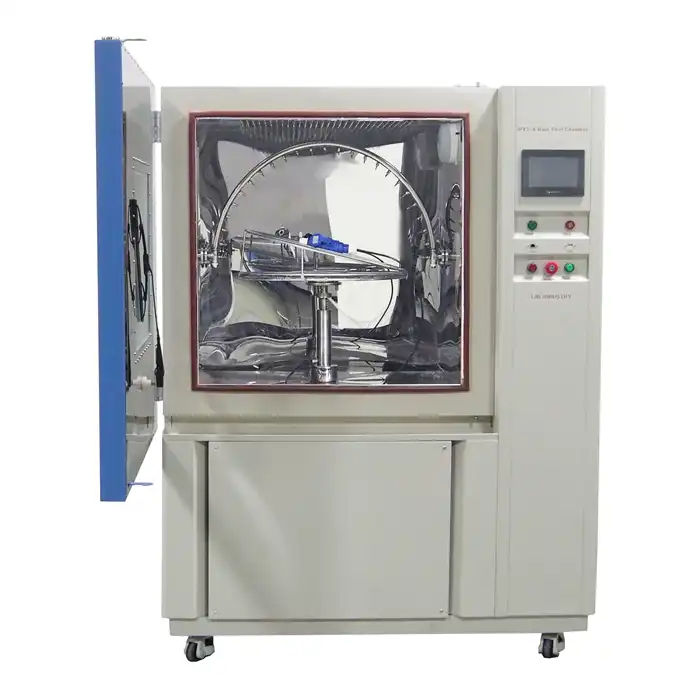Temperature cycling chambers, also known as thermal cycling chambers, are indispensable tools in various industries. These sophisticated devices simulate diverse environmental conditions, subjecting materials and products to controlled temperature fluctuations. By replicating real-world scenarios, these chambers play a crucial role in product development, quality assurance, and research across multiple sectors. Let's explore the industries that rely on temperature cycling chambers and how they leverage this technology to enhance their products and processes.

Electronics and Semiconductor Industry
Circuit Board Testing
In the electronics industry, temperature cycling chambers are extensively used for testing printed circuit boards (PCBs). These chambers subject PCBs to extreme temperature variations, simulating the stress they might encounter during their lifecycle. This rigorous testing helps manufacturers identify potential weaknesses, such as solder joint fatigue or component failures, ensuring the reliability and longevity of electronic devices.

Semiconductor Reliability Testing
Semiconductor manufacturers rely on thermal cycling chambers to evaluate the performance and durability of their products. These chambers help assess how temperature fluctuations affect the electrical characteristics and physical integrity of semiconductors. By exposing chips and integrated circuits to repeated thermal stress, manufacturers can predict their lifespan and improve their design for enhanced reliability.
Consumer Electronics Validation
From smartphones to laptops, consumer electronics undergo extensive testing in temperature cycling chambers. These tests ensure that devices can withstand temperature variations encountered during shipping, storage, and daily use. By subjecting products to thermal cycling, manufacturers can identify potential issues related to battery performance, display functionality, and overall device reliability across various environmental conditions.

Automotive Industry

Vehicle Component Testing
The automotive industry employs temperature cycling chambers to test various vehicle components. From engine parts to electronic control units, these chambers help evaluate how automotive components perform under extreme temperature conditions. This testing is crucial for ensuring vehicle reliability in diverse climates, from scorching deserts to frigid arctic environments.
Battery Performance Evaluation
With the rising popularity of electric vehicles, temperature cycling chambers play a vital role in battery testing. These chambers help assess how extreme temperatures affect battery capacity, charging efficiency, and overall performance. By subjecting batteries to thermal cycling, manufacturers can optimize their designs for improved safety and longevity across various climatic conditions.
Material Durability Assessment
Automotive manufacturers use thermal cycling chambers to evaluate the durability of various materials used in vehicle construction. From plastics to composites, these chambers help assess how materials withstand temperature-induced stress and strain. This testing ensures that vehicle components maintain their structural integrity and appearance throughout the vehicle's lifespan, regardless of environmental conditions.
Aerospace and Defense Industry
Avionics Testing
In the aerospace sector, thermal cycling chambers are crucial for testing avionics systems. These chambers simulate the extreme temperature variations encountered during flight, from the frigid temperatures at high altitudes to the heat generated during reentry. By subjecting avionics components to thermal cycling, manufacturers ensure their reliability and performance under the most demanding conditions.
Satellite Component Validation
Satellite manufacturers rely on thermal cycling chambers to validate the performance of critical components. These chambers help simulate the harsh temperature fluctuations experienced in space, where satellites are exposed to extreme heat and cold. By subjecting satellite components to rigorous thermal cycling tests, engineers can identify potential failures and optimize designs for extended operational life in space.
Military Equipment Qualification
The defense industry utilizes temperature cycling chambers to qualify military equipment for various operational environments. From communication devices to weapon systems, these chambers help ensure that military hardware can function reliably in diverse climatic conditions. This testing is essential for developing robust equipment that can withstand the rigors of deployment in different regions around the globe.
Medical and Pharmaceutical Industry
Drug Stability Testing
In the pharmaceutical industry, thermal cycling chambers play a crucial role in drug stability testing. These chambers help assess how temperature fluctuations affect the chemical composition and efficacy of medications. By subjecting drugs to controlled temperature cycles, manufacturers can determine appropriate storage conditions and shelf life, ensuring the safety and effectiveness of pharmaceutical products.
Medical Device Validation
Medical device manufacturers use thermal cycling chambers to validate the performance and reliability of their products. From diagnostic equipment to implantable devices, these chambers help simulate the temperature variations that medical devices may encounter during shipping, storage, and use. This testing ensures that medical devices maintain their functionality and safety across various environmental conditions.
Biomedical Research
In biomedical research, temperature cycling chambers are used for various applications, including DNA amplification and protein analysis. These chambers provide precise temperature control for processes such as polymerase chain reaction (PCR), enabling researchers to study genetic material and develop new diagnostic tools. The ability to maintain accurate temperature cycles is crucial for the reliability and reproducibility of scientific experiments in this field.
Energy and Renewable Technologies
Solar Panel Testing
The solar energy industry relies on temperature cycling chambers to evaluate the performance and durability of photovoltaic panels. These chambers help simulate the temperature variations that solar panels experience throughout the day and across seasons. By subjecting panels to thermal cycling, manufacturers can assess their efficiency, identify potential degradation issues, and optimize designs for improved long-term performance.
Wind Turbine Component Validation
Wind turbine manufacturers use thermal cycling chambers to test critical components such as generators and control systems. These chambers help simulate the temperature fluctuations that wind turbines encounter in various climates and altitudes. By subjecting components to thermal stress, engineers can ensure the reliability and efficiency of wind turbines under diverse environmental conditions.
Battery Storage System Testing
As energy storage becomes increasingly important in renewable energy systems, temperature cycling chambers play a crucial role in testing battery storage solutions. These chambers help evaluate how temperature variations affect battery capacity, charging efficiency, and overall system performance. This testing is essential for developing robust energy storage solutions that can operate reliably in various climatic conditions.
Conclusion
Temperature cycling chambers are indispensable tools across a wide range of industries, from electronics and automotive to aerospace and renewable energy. These versatile devices enable manufacturers and researchers to simulate real-world environmental conditions, ensuring the reliability, safety, and performance of their products. By subjecting materials and components to controlled temperature variations, industries can develop more robust and efficient solutions that withstand the challenges of diverse operational environments. As technology continues to advance, the role of temperature cycling chambers in product development and quality assurance will only grow in importance, driving innovation and reliability across multiple sectors.
Contact Us
If you're looking for high-quality temperature cycling chambers for your industry-specific needs, look no further than LIB Industry. We specialize in providing comprehensive environmental testing solutions, including research, design, production, commissioning, delivery, installation, and training. Our team of experts is ready to assist you in finding the perfect temperature cycling chamber for your unique requirements. Contact us today at info@libtestchamber.com to learn more about our products and services.




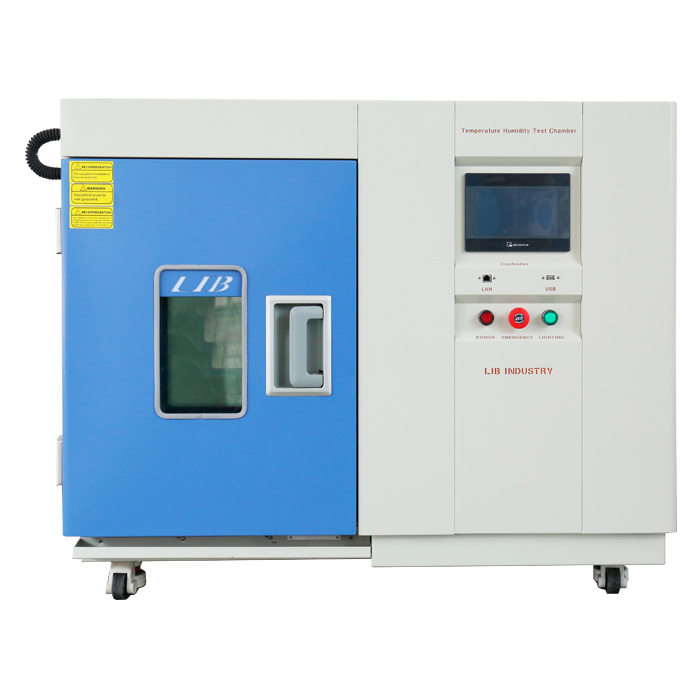
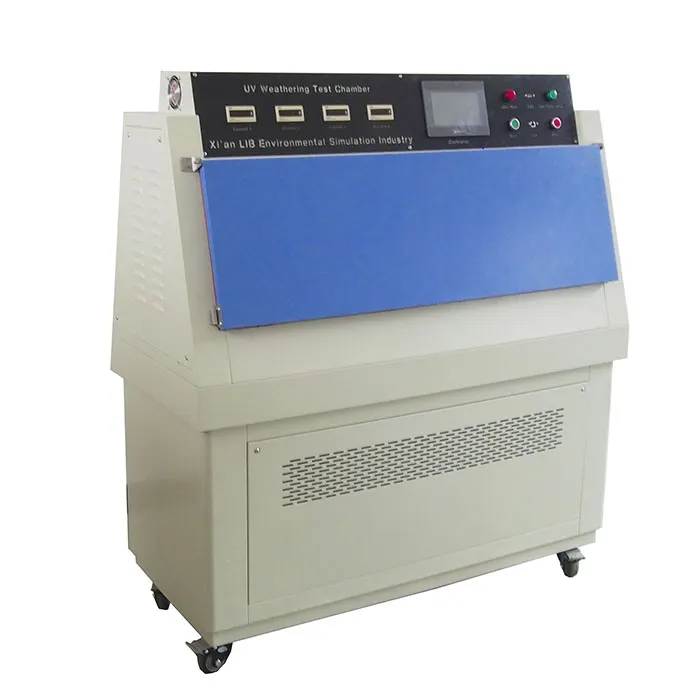
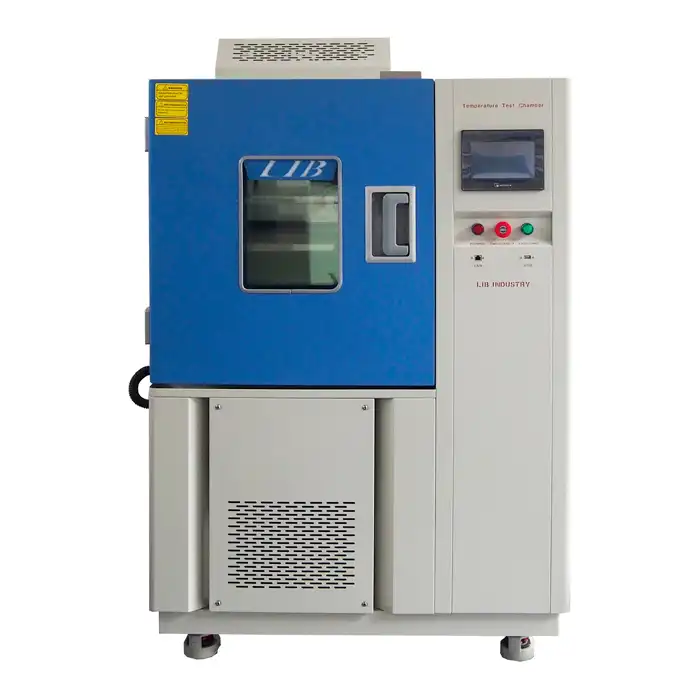
.jpg)
